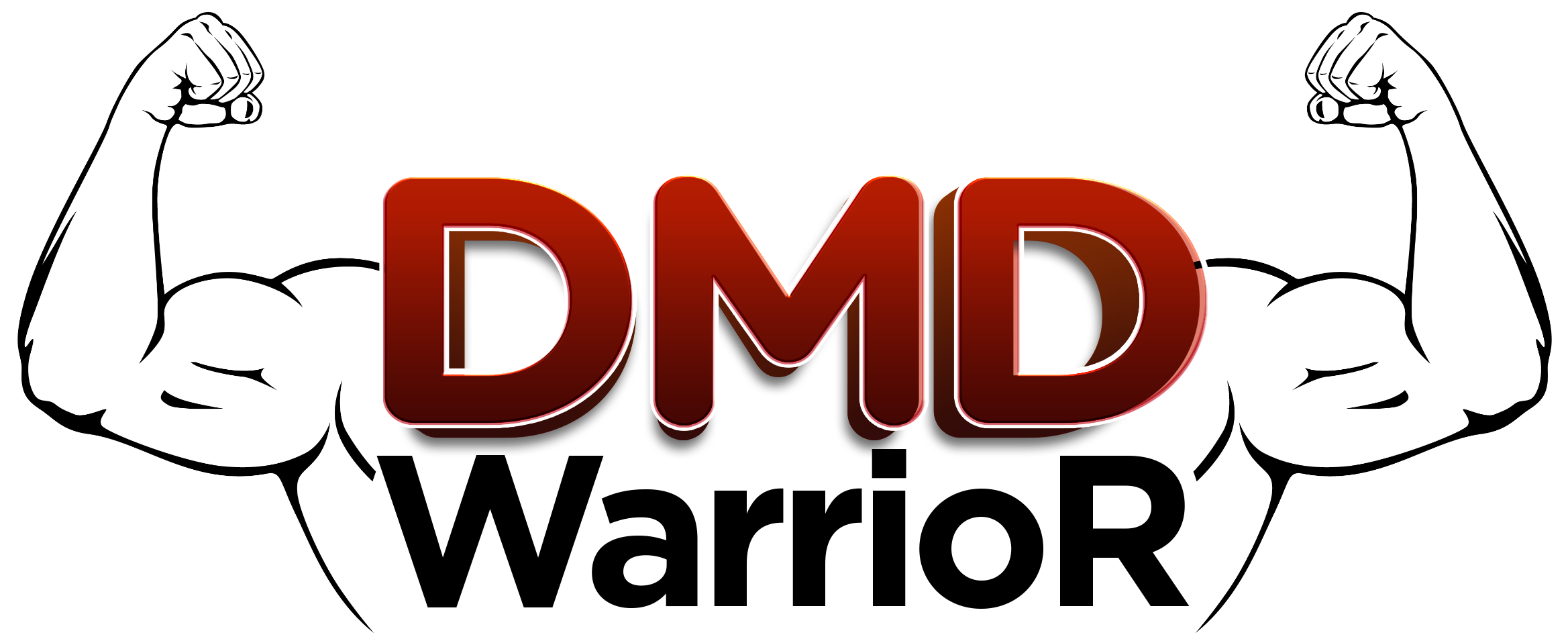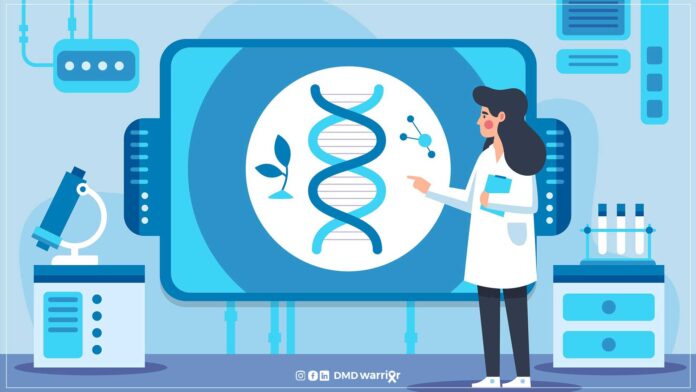The dystrophin gene is a vital component of human genetics, responsible for producing dystrophin, a protein essential for muscle strength and stability. Located on the X chromosome, this gene plays a critical role in maintaining the integrity of muscle fibers. Mutations or defects in the dystrophin gene are the primary cause of Duchenne and Becker muscular dystrophies—serious genetic disorders that affect muscle function and mobility. Understanding the function and importance of the dystrophin gene is key for medical research, early diagnosis, and the development of gene-based therapies.
Table of Contents
What Is the Dystrophin Gene and Why Does It Matter?
The dystrophin gene is one of the largest known human genes and is located on the X chromosome at position Xp21. Due to its size and complexity, it is particularly prone to mutations. Its product, the dystrophin protein, is vital for muscle cell stability. Dysfunction in this gene leads to progressive muscle degeneration, making it a key target for medical research and intervention.
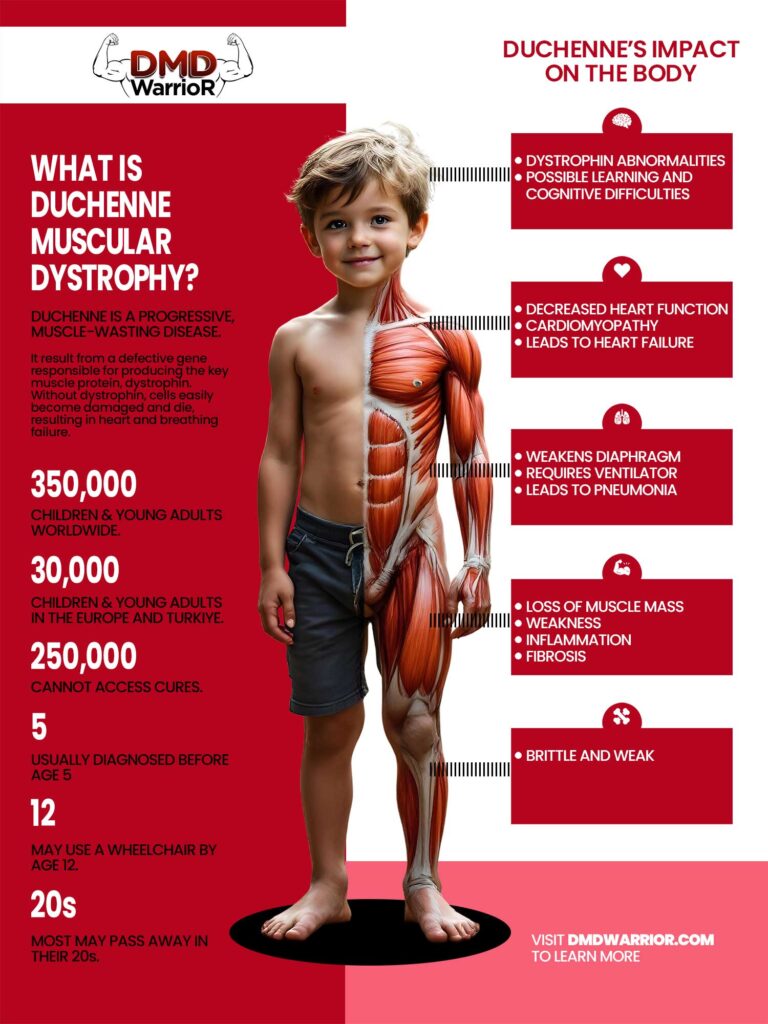
Understanding the Role of the Dystrophin Gene in Muscle Function
The dystrophin gene plays a crucial role in maintaining the structural integrity of muscle fibers. It encodes for the dystrophin protein, which connects the cytoskeleton of a muscle fiber to the surrounding extracellular matrix through the cell membrane. This connection helps protect muscle cells from damage during contraction and relaxation cycles. Without functional dystrophin, muscle fibers become more susceptible to injury and progressively weaken over time. What is Exon Deletion?
Inherited Disorders and the Dystrophin Gene: What You Need to Know
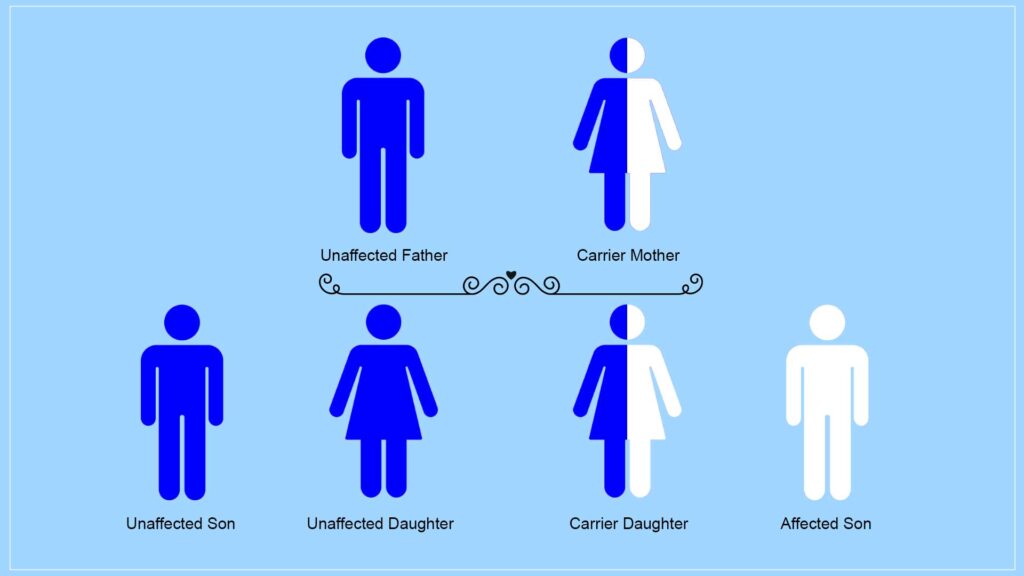
As an X-linked gene, mutations in the dystrophin gene are inherited in a specific pattern. Female carriers have a 50% chance of passing the mutation to their sons (who may be affected) and a 50% chance of passing it to their daughters (who may become carriers). Genetic counseling is recommended for families with a history of dystrophin-related disorders to understand risks and reproductive options. How do I Know if My Child has Muscular Dystrophy?
How Mutations in the Dystrophin Gene Cause Muscular Dystrophy
Mutations in the dystrophin gene disrupt the production of the dystrophin protein, leading to severe muscle-wasting conditions known as muscular dystrophies. The most common forms are Duchenne Muscular Dystrophy (DMD) and Becker Muscular Dystrophy (BMD). DMD is typically caused by mutations that prevent any functional dystrophin from being produced, resulting in early-onset and rapidly progressing symptoms. BMD, in contrast, involves mutations that allow some dystrophin to be made, usually leading to milder symptoms. What are The Differences Between DMD and BMD?
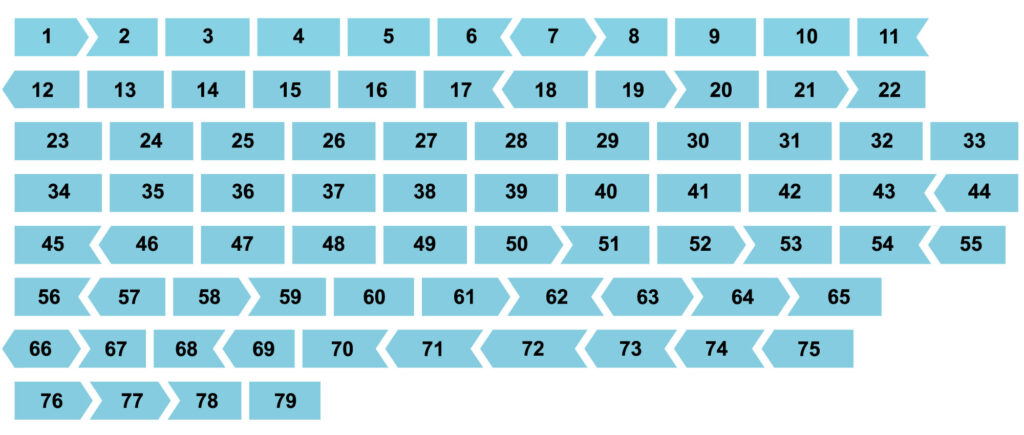
Latest Research Developments on the Dystrophin Gene
Recent studies have focused on understanding how different types of mutations affect dystrophin function and how to best target these mutations therapeutically. Innovations in molecular biology, including RNA sequencing and advanced gene editing techniques, are providing new insights. Clinical trials are ongoing to test treatments such as exon-skipping drugs and micro-dystrophin gene delivery. Cures of Duchenne (List of All Researches)
The Importance of the Dystrophin Gene in Genetic Testing
Genetic testing for dystrophin gene mutations is essential for diagnosing muscular dystrophies, determining carrier status, and guiding treatment plans. Techniques such as MLPA (Multiplex Ligation-dependent Probe Amplification) and next-generation sequencing can detect deletions, duplications, and point mutations with high accuracy. Early diagnosis can lead to earlier interventions and improved quality of life. You Need to Know About DMD Genetic Testing.

Dystrophin Gene Therapy: A New Hope for Muscular Dystrophy
Gene therapy is emerging as a promising approach to treating disorders caused by dystrophin gene mutations. Strategies like exon skipping use synthetic oligonucleotides to restore the reading frame of the gene, allowing for partial dystrophin production. Micro-dystrophin therapies involve delivering a shortened but functional version of the gene using viral vectors. These therapies are showing encouraging results in clinical trials and may offer long-term benefits for patients. Frequently Asked Questions About Elevidys.
Exploring the Link Between the Dystrophin Gene and Duchenne Muscular Dystrophy
Duchenne Muscular Dystrophy is directly caused by mutations in the dystrophin gene that result in an absence of the dystrophin protein. The condition is X-linked recessive, meaning it primarily affects males, while females can be carriers. Symptoms typically begin in early childhood and include muscle weakness, difficulty walking, and respiratory complications. Understanding the genetic basis of DMD has led to more accurate diagnoses and the development of targeted therapies.
Can the Dystrophin Gene Be Repaired? Advances in Gene Editing
Cutting-edge gene editing technologies like CRISPR/Cas9 are being explored as potential cures for dystrophin-related diseases. These tools can be used to correct mutations at the DNA level, potentially restoring normal dystrophin production. Though still in the experimental stages, gene editing holds immense promise for delivering long-term solutions for patients with muscular dystrophy. mRNA Studies in DMD Treatment.
Diagnosing Disorders Related to the Dystrophin Gene
Diagnosis typically begins with a physical examination and family history review, followed by blood tests for creatine kinase (CK) levels, which are often elevated in muscular dystrophy. Muscle biopsies and genetic testing confirm the diagnosis. Identifying the specific mutation in the dystrophin gene can guide treatment decisions and inform prognosis. What is Creatine Kinase (CK)?
Learn more about structure, function and implications for therapy
